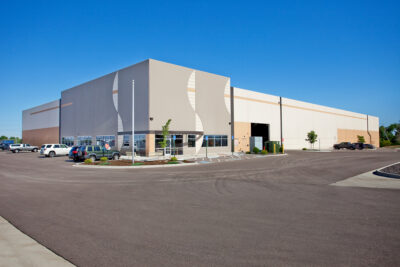Why Industrial
Why We Like Industrial
Industrial real estate (buildings with high ceilings, strong floors, loading docks) are being utilized to meet the needs arising from the uptick in e-commerce, shifts to direct-to-consumer business models, increased emphasis on last mile capabilities, and revitalized re-shoring efforts.
Secular Demand Drivers &
Last Mile Needs
There’s no denying people in the US love stuff–and thanks to technology–we’re now able to purchase stuff with the simple click of a button. And while e-commerce has boomed in the US over the last five years, it still only accounted for 15.4% of total sales in 2023 (per the US Census Bureau).
At Rectangle, we don’t see the trend of online shopping or instant gratification going away. During COVID, consumers got accustomed to ordering items online and expecting them to be delivered directly to their doorstop. The rise of social media and online advertising is further driving digital sales growth.
Fast delivery or service is a primary factor when choosing where to buy, and to meet those needs, companies need industrial real estate close to where people reside. They also need to have a base for their equipment, vehicles, and overstock inventory. These centers need to stock enough products while also leaving room for loading docks. E-commerce requires a warehousing footprint 3x larger than traditional retail.
Last-mile logistics (the stage of distribution where a package goes from a distribution center to a customer’s doorstep) have become an increasingly expensive and crucial part of the delivery process.
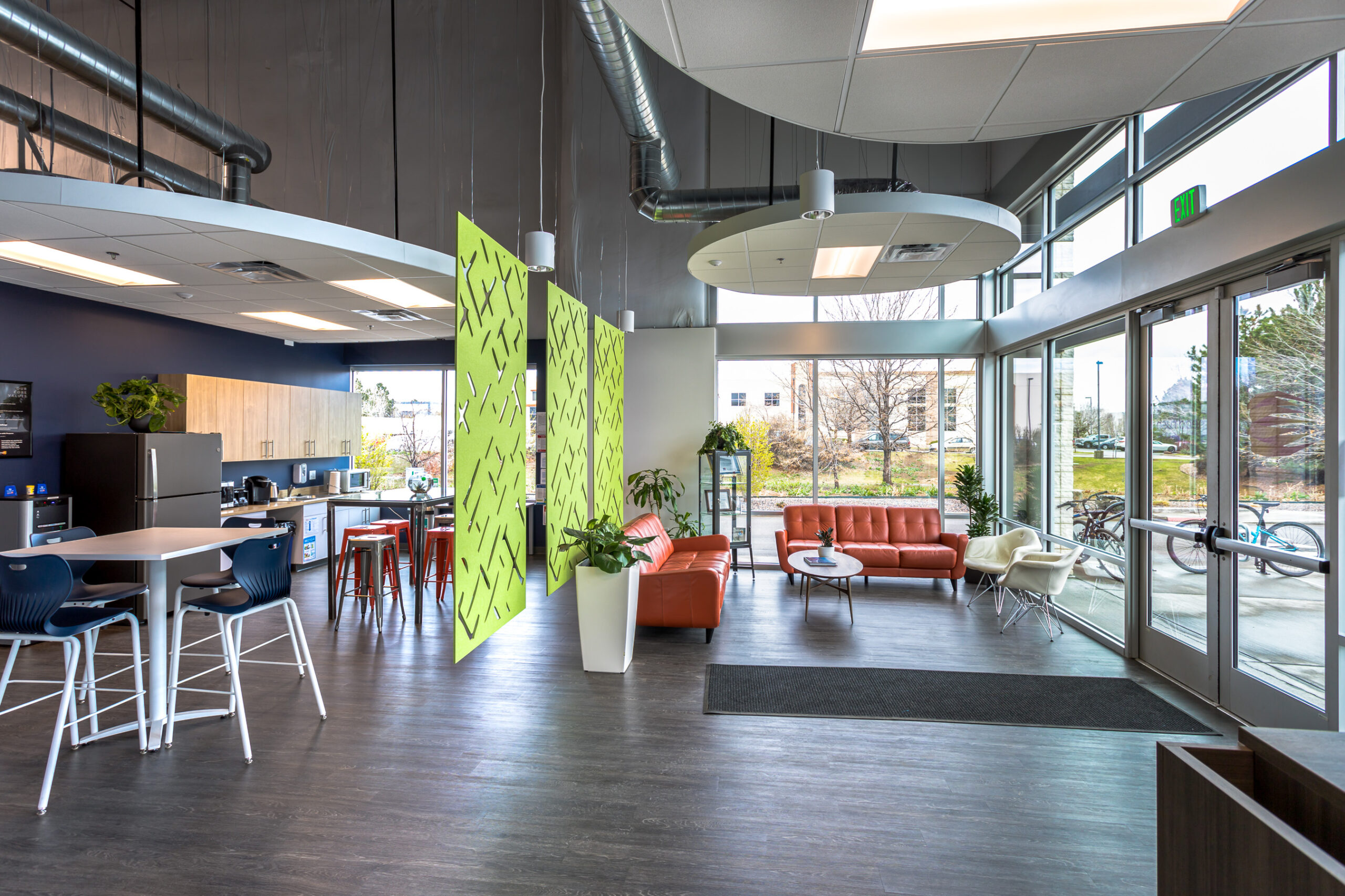
An instant-gratification society demands fast delivery – and with the rise of urbanization – companies are needing to invest in distribution centers as close to metropolitan zones as possible.
If you’ve ever tried to buy a pair of jeans online, you’re probably familiar with the logistics of having to make an online return. Reverse logistics refers to the process of the end user returning the item back to the seller. Online sales tend to have higher return levels, increasing the need for reverse logistics inventory and processing (industrial) space.
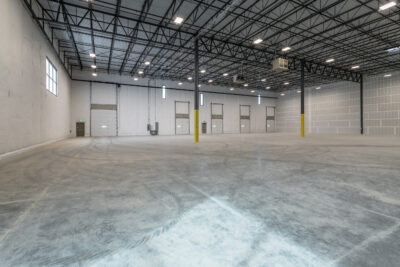
Despite the increase in demand, there’s a limited new supply of these industrial properties as construction starts are at a 10+ year low, buoying existing asset values. Building a new industrial property in an urban area isn’t easy for several reasons. Beyond the simple lack of quality locations near population hubs, construction costs have skyrocketed in the last few years, and industrial properties require specific zoning (people don’t typically want to go to sleep to the soothing sound of large trucks and heavy machinery all night), making new projects of this type difficult to get approved.
While we know the assets we like, we constantly evaluate and re-evaluate how we can acquire these assets – whether it be through development, or acquisition of value-add or core plus properties – while delivering the best risk-adjusted returns. We believe if the market fundamentally changes, so should our strategy.
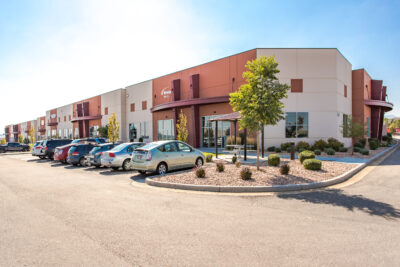
Reshoring efforts—the process of moving manufacturing back to the US from abroad—have increased amid trade tension, desire for efficiencies, and attractive tax incentives. This not only drives increased demand for manufacturing facilities, but for distribution centers as well. As companies relocate manufacturing to the US, they’ll also need to occupy distribution centers to tighten their supply chain and deliver their widgets to their consumer base.
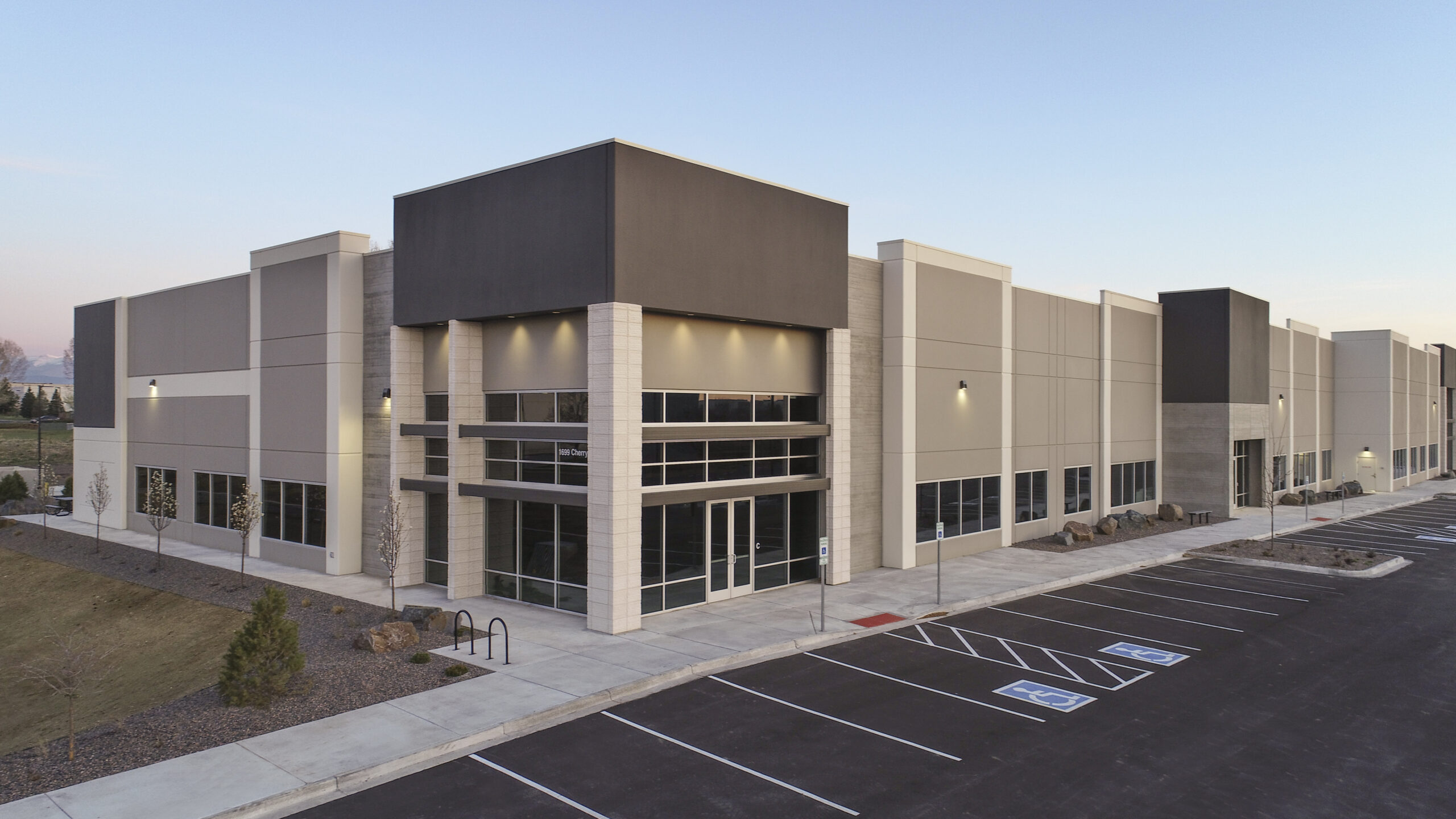
Subscribe to Our Mailing List
Contact Us
Denver, CO 80210
Phone: +720.414.3459
Email: [email protected]
Copyright © 2024 Rectangle Group. All Rights Reserved.


